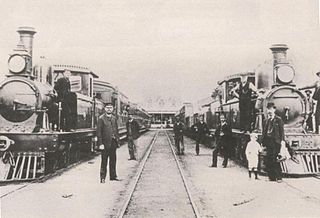
Under the Whyte notation for the classification of steam locomotives by wheel arrangement, 4-10-2 represents the arrangement of four leading wheels, ten powered and coupled driving wheels and two trailing wheels. In South Africa, where the wheel arrangement was first used, the type was known as a Reid Tenwheeler. In the United States of America it was known as a Southern Pacific on the Southern Pacific Railroad and as an Overland on the Union Pacific Railroad.

The South African Railways Class A 4-8-2T of 1888 was a steam locomotive from the pre-Union era in the Colony of Natal.

The South African Railways Class H 4-10-2T of 1899 was a steam locomotive from the pre-Union era in the Colony of Natal.

The South African Railways Class H2 4-8-2T of 1909 was a steam locomotive from the pre-Union era in the Colony of Natal.
The South African Railways Class 2C 4-6-2 of 1910 was a steam locomotive from the pre-Union era in the Colony of Natal.
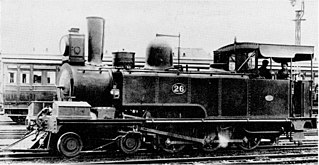
The South African Railways Class C 4-6-0T of 1879 was a steam locomotive from the pre-Union era in the Colony of Natal.

The South African Railways Class C1 4-6-2T of 1901 was a steam locomotive from the pre-Union era in the Natal Colony.

The South African Railways Class C2 4-6-4T of 1896 was a steam locomotive from the pre-Union era in the Colony of Natal.

The South African Railways Class G 4-8-2T of 1904 was a steam locomotive from the pre-Union era in the Colony of Natal.

The Natal Railway 0-4-0ST Durban of 1865 was a South African steam locomotive from the pre-Union era in the Natal Colony.

The Natal Government Railways Class K 2-6-0T of 1877 was a South African steam locomotive from the pre-Union era in the Natal Colony.

The Natal Government Railways Class I 2-6-0 of 1902 was a South African steam locomotive from the pre-Union era in the Colony of Natal.

The Natal Government Railways Class K 0-6-0ST of 1880 was a South African steam locomotive from the pre-Union era in the Colony of Natal.

The Natal Government Railways Class K 0-4-0ST of 1891 was a South African steam locomotive from the pre-Union era in the Colony of Natal.

Durban Harbour's Sir Albert of 1904 was a South African steam locomotive from the pre-Union era in the Natal Colony.

Durban Harbour's John Milne of 1879 was a South African steam locomotive from the pre-Union era in the Colony of Natal.
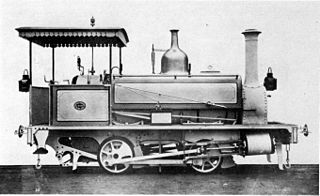
The Cape Government Railways 1st Class 0-4-0ST of 1876 was a South African steam locomotive from the pre-Union era in the Cape of Good Hope.
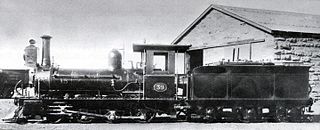
The Cape Government Railways 1st Class locomotives include ten locomotive types, all designated 1st Class irrespective of differences in wheel arrangement or configuration.
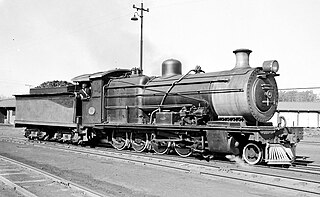
The Natal Government Railways Class B locomotives include five locomotive types, all designated Class B irrespective of differences in wheel arrangement.
The South African type SH tender was a steam locomotive tender from the pre-Union era in the Natal Colony.


